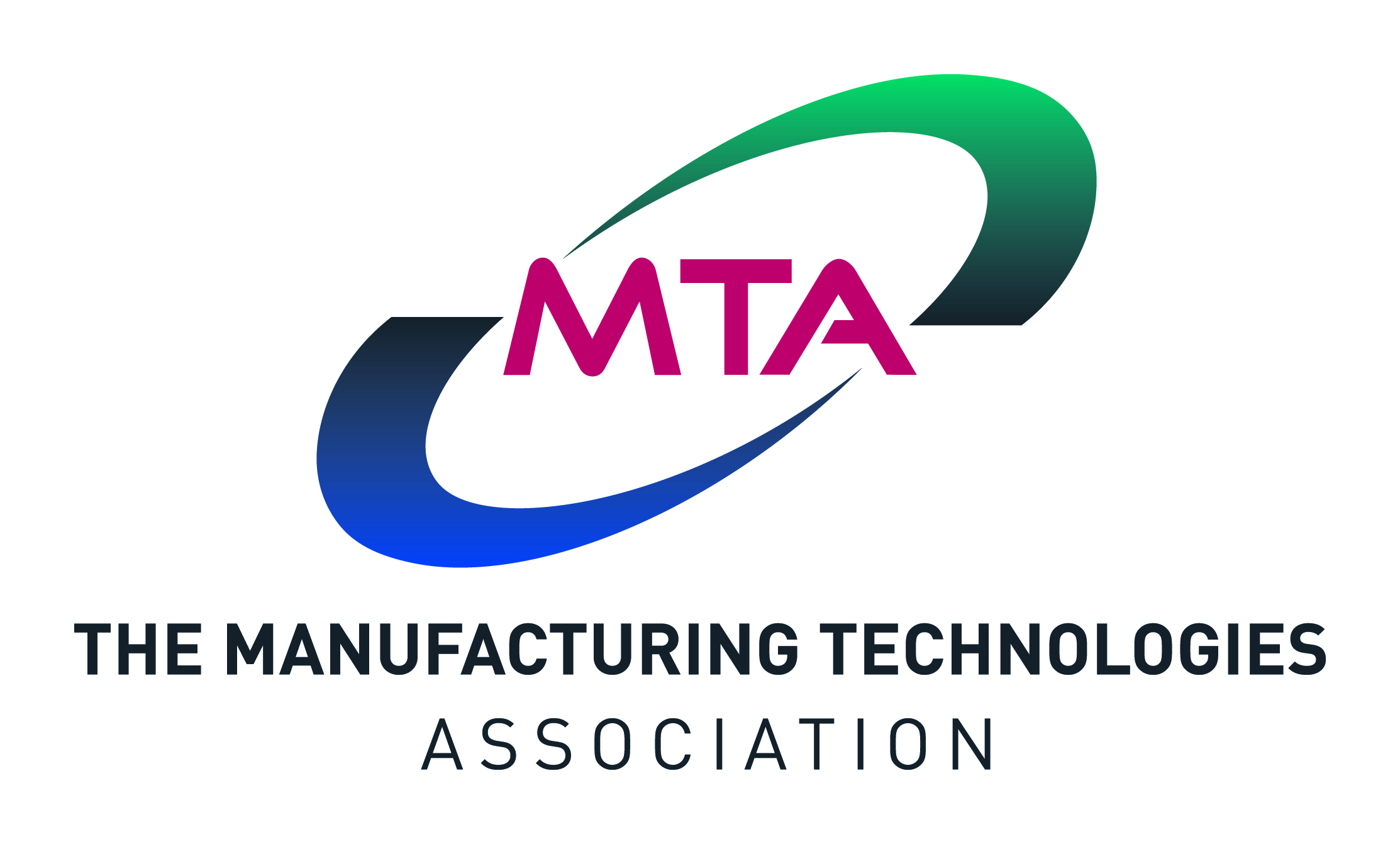European GDP, 3rd Quarter 2022: The preliminary flash estimate of GDP published by Eurostat showed much slower growth than in the previous two quarters but, slightly surprisingly, it was still positive; quarter-on-quarter growth in GDP for both the EU and the sub-set of the Euro-zone countries was +0.2%.
This means that compared to a year earlier, seasonally adjusted GDP had increased by +2.1% in the Euro-zone and by +2.4% for the EU as a whole. Again, this represents a slowdown compared to the previous quarter when the annualized rate had been +4.3% for both areas, although this is more a normalization of growth post-pandemic rather than a reflection of weaker growth to come which is illustrated by the quarterly trend.
Of the countries that have published their 3rd quarter data so far, only Austria, Belgium (both -0.1%) and Latvia (-1.7%) saw their economies contract in the latest period. For the latter, this meant that their annualized growth rate turned negative as the growth seen in the 1st period of this year was outweighed by the significant reduction in the 3rd quarter.
Growth slowed from relatively strong 2nd quarter figures in Spain and Italy and there was also slower growth in France; partly because it had been weak in the previous quarter, Germany saw a modest acceleration in growth. All of the countries that have published their figures saw the annualized growth rate slow compared to the previous quarter – in most cases this was a significant deceleration.
The next update will be published on 15th November which will provide information about more countries. For more details on this preliminary data, you can download the Euro-indicators report from their website at https://ec.europa.eu/eurostat/news/euro-indicators (31 October).
————————————————————
Japanese Machine Tool Orders, 2nd Quarter 2022: The Japan Machine Tool Builders Association (JMTBA) represents manufacturers of metal cutting machine tools and they compile a monthly series on orders taken by their members; given the relatively low import ratio for machine tools in Japan, the domestic trend gives quite a good feel for the Japanese market.
In the first 3 quarters of 2022, total orders for Japanese manufacturers of metal cutting machines were +21.3% higher than in the same period (January to September) last year. The domestic market grew more strongly than exports at +31.2% and +16.6% respectively but overseas demand had recovered from the pandemic earlier so there is an element of catch-up going on here in the Japanese market.
However, there are signs that the trend may be at or close to a peak as there was a quarter-on-quarter fall in orders in the 3rd period of 2022; total orders were -6.6% lower than in the 2nd quarter, made up of reductions of -3.2% for the home market and -8.4% for exports.
Despite this, the rolling 12-month trend for exports is still increasing but the home market trend has turned down in September as orders in that month in 2022 were lower than a year earlier. This might be a pre-exhibition effect with JIMTOF opening next week so we will have to wait a couple of months to see if this is a temporary blip or a turning point.
The JMTBA report also includes a breakdown of domestic orders by end-user industry. Looking at the trend for the first nine months of the year, the strongest growth compared to the same period in 2021 was in die & moulds (+58%), electrical machinery (+52%) construction machinery (+45%) and precision machinery (+41%). The only sector not to grow was government, public agencies & schools but this is a small sector, so this is not significant.
You can get the monthly reports from the JMTBA website at https://www.jmtba.or.jp/english/ or request them from MTA – we can send you the summary file if you would like to receive this.

